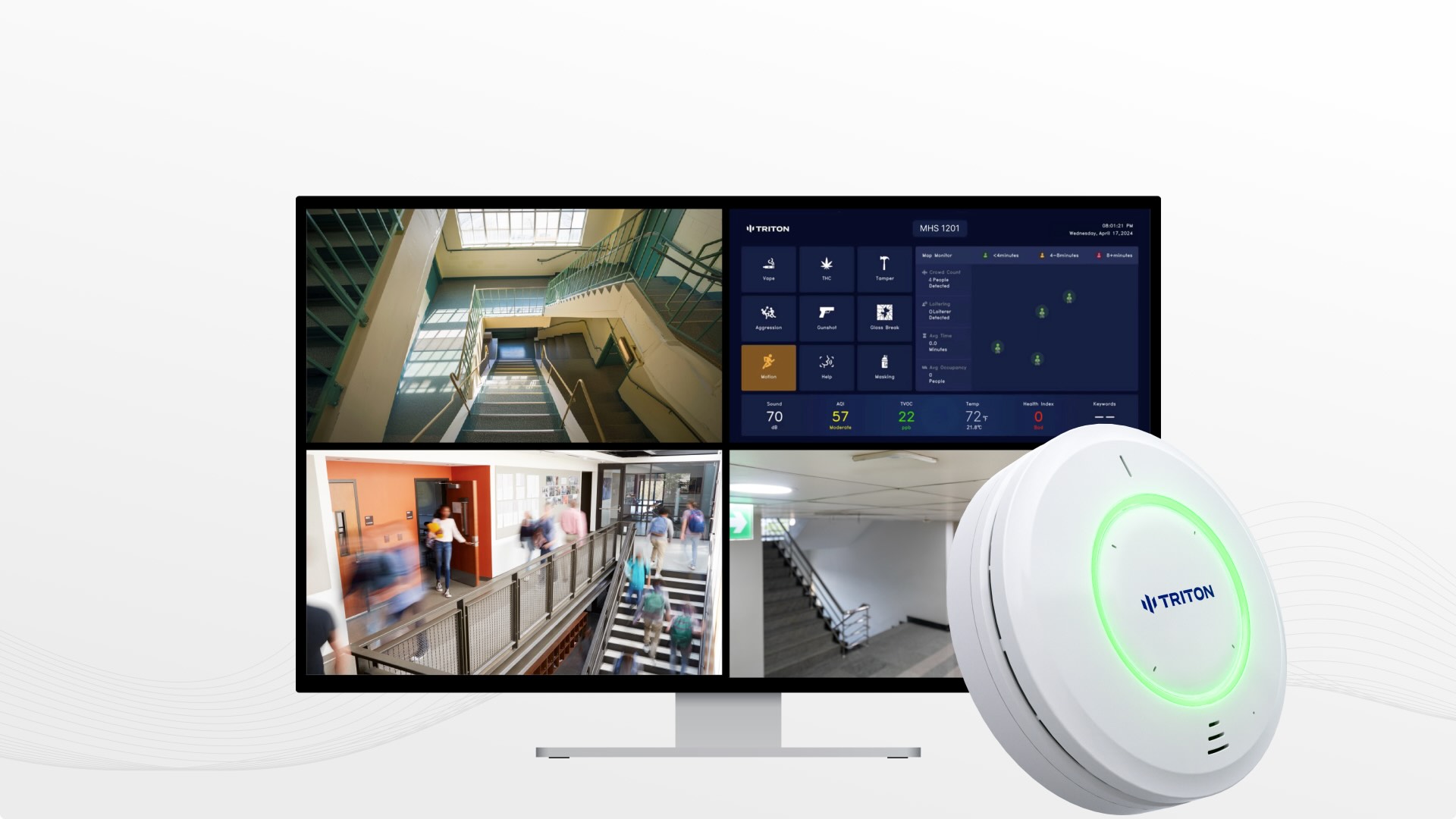Vaping was once a problem at schools. Students slipped into bathrooms between classes, and flavored nicotine and THC vapors disappeared without trace. Administrators and teachers were left in the dark until districts turned to a vape detection system.
Today, schools across the country are reporting huge success stories, showing just how transformative this technology could be in combating the vaping crisis.
A Case Study: Lower the amount of cigarettes you smoke by 83 percent in 10 Weeks
Luling Independent Schools District was a major vaping issue. Despite the warnings of school officials and the introduction of stricter guidelines, some students smoking in lockers and bathrooms. room. Smoke alarms that were traditional did not work against vapors, and the staff couldn’t be everywhere at once.

The department tested a variety of vape detectors in March. The results were shocking. The number of incidents of vaping dropped significantly within five weeks. After the ten-week period, vaping declined by 83%..
The success of administrators went beyond figures. Teachers reported less interruptions and students began to understand that smoking will not be ignored.
Match Charter School Experiences resemble Success
Match Charter Schools is another effective model. They struggled to reduce smoking in high and middle schools. They put in place a set of vape smoke alarms in the month of August and witnessed immediate outcomes.
At the end of December, only four months after, the administration reported the 80% reduction in vaping-related incidents that occurred weekly. Parents applauded the school for taking action to protect their children. Teachers also reported less hallway loitering, and the crowded bathrooms.
The two districts are a part of what is becoming a trending tendency: schools that implement vape detection are seeing tangible improvements in their behavior and overall safety.
What makes vape detectors so Effective?
This technology is what gives the results. A modern vape detector doesn’t simply detect vapor, but it additionally monitors the quality of air as well as monitors occupancy and sends alerts in real time to the staff. So, administrators no longer must rely on their intuition or reports from after the fact.
Detectors are also made to ensure privacy. No cameras. No audio recording. Fast, precise information is what’s needed to help schools make quick decisions without violating the rights of students.
This combination of efficacy and adherence makes vape detectors among the most effective ways to ensure safety for schools now.
The Safety Net Goes Beyond Vaping
Many administrators recognize that the detectors go beyond prevention. The most recent systems can detect loud noises, words that are related to emergencies and vandalism.
For example If a crowd of students starts lingering in the bathroom then the detector may flag the high occupancy. Staff members can be immediately alerted when someone shouts a distress keyword such as “help”. This way, vape detection devices in schools form part of an overall safety strategy that addresses dangers to health as well as potential threats to violence.
Boards and parents support Vape Detectors
Transparency is a sign of credibility that is often ignored. The use detectors by schools can result in reports that clearly show the patterns of vaping. These reports may be shared with community groups, school boards as well as parents to prove that tangible steps are being implemented.
Parents, in particular, are more than happy when they see concrete results. A vape smoke detector isn’t just catching students it’s protecting their health and reinforcing the message that vaping has no place in schools.
What should you learn What you should take away: A proven way forward
Vaping was a battle that did not seem to be visible to schools for years. However, case studies from districts across the country prove otherwise. Administrators can identify dangerous behaviors and prevent them in real-time using a vape detection device. This provides an environment that is safer for students.
The vaping epidemic may not be all gone yet, but there is an improvement. Schools who invest in vape detection technologies aren’t just reacting to an issue, they’re paving in the direction of a better future for their students.
Conclusion
From Texas from Texas to Massachusetts Schools are showing that technology works. Modern vape detectors can do more than simply sounding the alarm. They change behavior, build trust and provide a long-lasting solution to today’s biggest student health challenge. Vape detectors have become a norm in any school which is concerned about security.